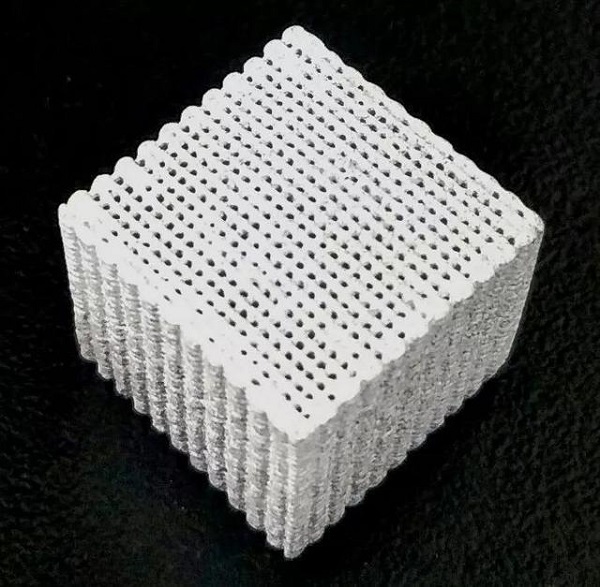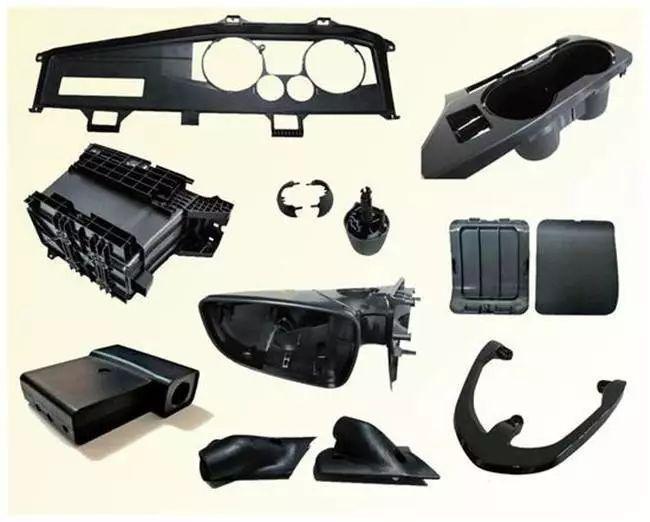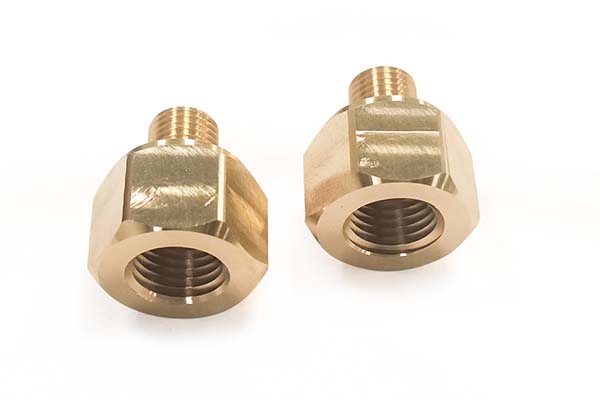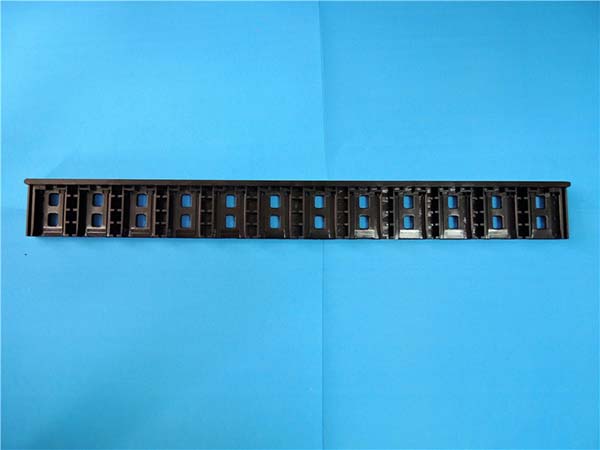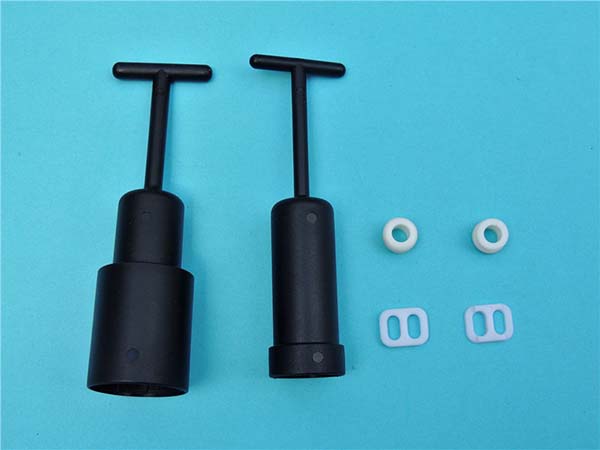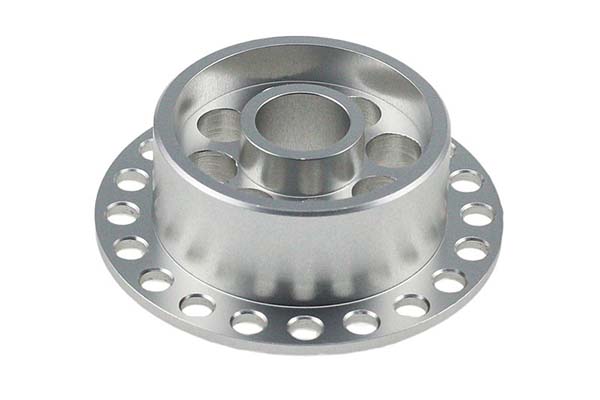Introduction
Definition and Basics of 3D Printed Magnesium
3D printed magnesium refers to the use of 3D printing technology to fabricate objects or components using magnesium or magnesium - based alloys as the raw materials. 3D printing, also known as additive manufacturing, is a process of creating three - dimensional objects by depositing materials layer by layer based on a digital model.
In the case of 3D printed magnesium, there are several common 3D printing techniques applied. For example, the powder - bed fusion method, which includes selective laser melting (SLM) and electron beam melting (EBM). In SLM, a high - power laser is used to selectively melt magnesium alloy powder layer by layer, fusing the powder particles together to form the desired shape. EBM, on the other hand, uses an electron beam as the heat source in a vacuum environment. Another method is the directed energy deposition (DED), like the laser - wire DED technology. In this process, a metal wire made of magnesium alloy is fed into the deposition area, and a laser melts the wire as it is being deposited, building up the part layer by layer.
Magnesium is the lightest structural metal, with a density of about 1.74 g/cm³, which is approximately two - thirds that of aluminum and one - quarter that of steel. This makes 3D printed magnesium components extremely attractive for applications where weight reduction is crucial, such as in the aerospace, automotive, and robotics industries. When combined with 3D printing's ability to create complex geometries that are difficult or impossible to achieve with traditional manufacturing methods, 3D printed magnesium can offer unique solutions. For instance, it can produce parts with internal lattice structures that reduce weight further while maintaining sufficient strength, or create customized components with optimized shapes for specific functions. In the field of materials science, 3D printed magnesium is an emerging area of research and development, aiming to overcome the challenges associated with magnesium's properties, such as its high reactivity and relatively low corrosion resistance, and to expand its application scope through innovative manufacturing techniques.
Manufacturing Process
Step - by - Step Explanation
- Raw Material Preparation
- Magnesium Powder Characteristics: The magnesium powder used in 3D printing is a crucial starting point. High - purity magnesium powder is typically required, often with a particle size distribution in the range of 15 - 53μm for powder - bed fusion processes like selective laser melting (SLM). The powder should have a spherical shape as much as possible to ensure good flowability during the printing process. For example, spherical magnesium alloy powder can flow more evenly in the powder - spreading mechanism, which is essential for achieving consistent layer - by - layer deposition.
- Pre - treatment: Before printing, the magnesium powder may need pre - treatment. This can include drying to remove any moisture. Since magnesium is highly reactive, moisture can cause oxidation and affect the quality of the final printed part. Drying is usually carried out in a vacuum oven at a temperature around 80 - 100°C for several hours to ensure the powder is in an optimal state for 3D printing.
- 3D Printing Process
- Digital Model Preparation: A 3D model of the desired component is created using computer - aided design (CAD) software. This model serves as the blueprint for the 3D printer. The model is then sliced into thin layers, with layer thicknesses typically ranging from 20 - 100μm depending on the printer and the required part accuracy.
- Printing Parameter Settings
- Temperature: In SLM, the laser power is adjusted to achieve the appropriate temperature for melting the magnesium powder. The laser spot temperature can reach well above the melting point of magnesium (around 650°C). For example, a laser power of 200 - 400W may be used, which can heat the powder particles to a high enough temperature for them to fuse together.
- Pressure: Although not as critical as in some other manufacturing processes, a slight positive pressure may be maintained in the printing chamber to prevent the ingress of oxygen and other contaminants. This pressure is usually in the range of a few millibars above atmospheric pressure.
- Printing Speed: The printing speed for magnesium 3D printing using SLM is relatively slow compared to some plastic 3D printing processes. A speed of 50 - 200mm/s is common. A slower speed allows the magnesium powder to be fully melted and fused, reducing the risk of porosity and other defects in the printed part.
Comparison with Traditional Manufacturing Methods
| Comparison Items | 3D Printed Magnesium | Traditional Casting | Traditional Mechanical Machining |
| Production Efficiency | Generally lower for large - scale production. However, for small - batch and customized production, it can be faster as there is no need for complex mold - making. | High for large - scale production with pre - made molds. But mold - making time can be long for new products. | Low for complex shapes as it involves multiple machining operations. |
| Material Utilization | High, often above 90% in powder - bed fusion 3D printing. Unused powder can be recycled. | Low, typically around 30 - 50%. A significant amount of material is wasted in the casting process due to risers, runners, and machining allowances. | Low. A large amount of material is removed during machining, especially for complex shapes. |
| Complex Shape Manufacturing Ability | Can create extremely complex geometries, such as internal lattice structures and complex hollow shapes, without the need for additional assembly. | Difficult to create complex internal structures. Draft angles are often required for mold - release, limiting the complexity of the cast part. | Limited in creating complex internal structures. Machining tools have physical limitations in reaching certain areas. |
Properties and Characteristics
Mechanical Properties
The mechanical properties of 3D printed magnesium play a crucial role in determining its applications.
Strength: The tensile strength of 3D printed magnesium alloys can vary depending on the alloy composition and the 3D printing process parameters. For example, some 3D printed magnesium - aluminum - zinc (Mg - Al - Zn) alloys can have a tensile strength in the range of 150 - 250 MPa. In comparison, 3D printed titanium alloys like Ti - 6Al - 4V typically have a tensile strength of around 900 - 1100 MPa, and 3D printed aluminum alloys such as AlSi10Mg have a tensile strength of about 250 - 350 MPa. This shows that 3D printed magnesium has a relatively lower tensile strength compared to titanium alloys but can be competitive with some aluminum alloys in certain applications where weight is a critical factor.
Hardness: The hardness of 3D printed magnesium is also influenced by its composition and processing. Generally, the Vickers hardness of 3D printed magnesium alloys can range from 40 - 80 HV. 3D printed titanium alloys usually have a Vickers hardness of 300 - 400 HV, and 3D printed aluminum alloys can have a hardness of 80 - 120 HV. So, 3D printed magnesium is relatively softer than both 3D printed titanium and some aluminum alloys.
Ductility: Ductility is an important property as it indicates the ability of a material to deform plastically before fracture. 3D printed magnesium alloys often have a elongation percentage of 5 - 15% in tensile tests. In contrast, 3D printed titanium alloys can have an elongation of 10 - 20%, and 3D printed aluminum alloys may have an elongation of 8 - 20%. Although 3D printed magnesium has a lower ductility compared to some other 3D printed metals in general, its lightweight nature makes it suitable for applications where a balance between weight and mechanical properties is required.
| Material | Tensile Strength (MPa) | Hardness (HV) | Elongation (%) |
| 3D Printed Magnesium Alloy | 150 - 250 | 40 - 80 | 5 - 15 |
| 3D Printed Titanium Alloy (Ti - 6Al - 4V) | 900 - 1100 | 300 - 400 | 10 - 20 |
| 3D Printed Aluminum Alloy (AlSi10Mg) | 250 - 350 | 80 - 120 | 8 - 20 |
Physical and Chemical Properties
Physical Properties
- Density: As mentioned before, magnesium has a density of about 1.74 g/cm³. This is much lower than the density of 3D printed titanium alloys (around 4.43 g/cm³) and 3D printed aluminum alloys (about 2.7 g/cm³). The low density makes 3D printed magnesium an ideal choice for applications where weight reduction is a priority, such as in aerospace components. For instance, in the construction of satellite structures, the use of 3D printed magnesium can significantly reduce the overall weight of the satellite, which in turn reduces the fuel consumption required for launch.
- Thermal Expansion Coefficient: The thermal expansion coefficient of magnesium is relatively high, around 26×10⁻⁶/°C. This means that 3D printed magnesium components can expand and contract more with temperature changes compared to materials like titanium alloys (thermal expansion coefficient around 8.6×10⁻⁶/°C). In applications where temperature - induced dimensional stability is crucial, such as in some precision optical instruments, the high thermal expansion coefficient of 3D printed magnesium may pose challenges. However, in applications where temperature variations are not extreme, its other advantages can still outweigh this drawback.
Chemical Properties
- Corrosion Resistance: Magnesium is a relatively reactive metal, and 3D printed magnesium components are prone to corrosion in certain environments. In a humid environment with the presence of oxygen and water, magnesium can react with oxygen to form magnesium oxide (MgO) and with water to produce magnesium hydroxide (Mg(OH)₂) and hydrogen gas. For example, in marine environments, the high salt content accelerates the corrosion process of 3D printed magnesium. To improve its corrosion resistance, surface treatments such as anodizing, plating, or applying protective coatings are often necessary. These treatments can form a protective layer on the surface of the 3D printed magnesium, preventing direct contact between the metal and the corrosive environment. In some biomedical applications, the controlled corrosion of magnesium can be beneficial. For example, in the case of 3D printed magnesium - based bone implants, the slow degradation of the implant over time as it corrodes can provide temporary support to the bone while gradually being replaced by new bone tissue.
Yigu Technology's View
As a non - standard plastic metal products custom Supplier, Yigu Technology has been closely following the development of 3D printing technology, especially in the application of 3D printed magnesium. With years of experience in the field of metal product customization, we recognize the huge potential of 3D printed magnesium.
In the past few years, we have witnessed the increasing demand for lightweight and high - performance materials in various industries. 3D printed magnesium, with its low density and unique manufacturing flexibility, perfectly meets these requirements. We believe that the future market for 3D printed magnesium components will continue to expand, especially in the aerospace, automotive, and medical device industries.
Yigu Technology plans to leverage its strong R & D capabilities and advanced manufacturing equipment to actively participate in the 3D printed magnesium - related business. We aim to collaborate with research institutions and enterprises to develop more innovative magnesium - based 3D printing materials and processes, and provide high - quality customized 3D printed magnesium products for our customers.
